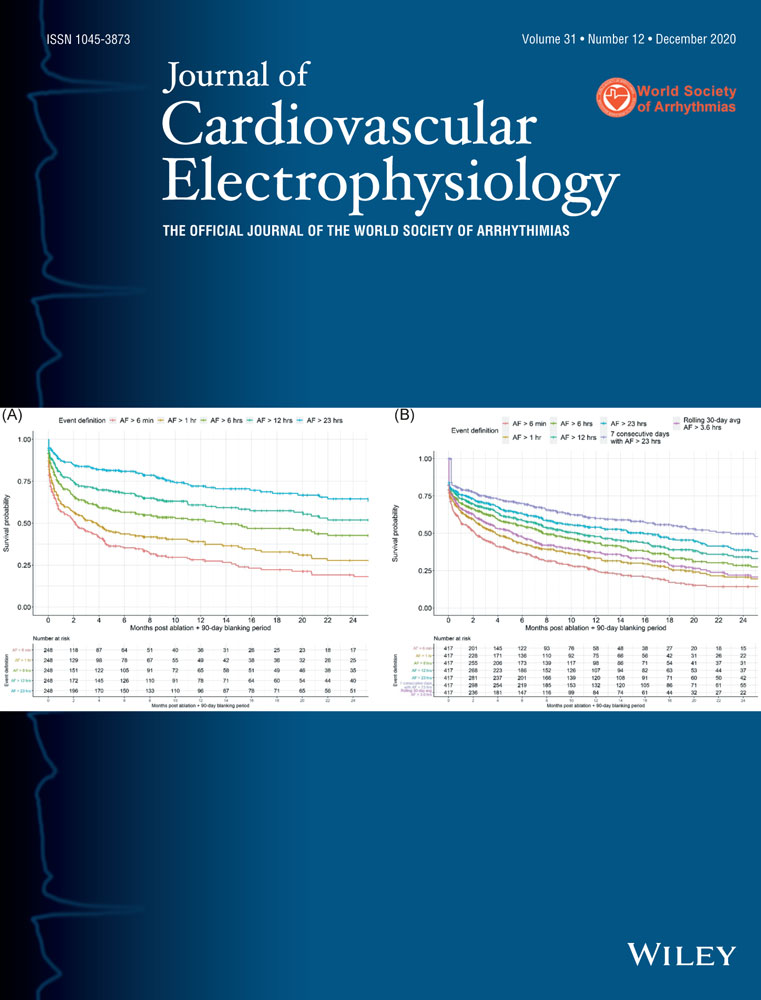Clinical, electrocardiographic and electrophysiological characteristics, and catheter ablation results of left upper septal premature ventricular complexes
Disclosures: None.
[Correction added on 28 October 2020, after first online publication: Conclusion part of the abstract has been added.]
Abstract
Background
To investigate the clinical, electrocardiographic and electrophysiological characteristics, and results of catheter ablation of left upper septal (LUS) premature ventricular complexes (PVCs) arising from the proximal left fascicular system.
Methods
Thirty-one patients who had undergone radiofrequency catheter ablation (RFCA) for idiopathic PVCs were enrolled in the study. All PVCs presented with narrow QRS complexes (<110 ms) with precordial QRS morphology of incomplete right bundle branch block type or identical to the sinus rhythm (SR) QRS morphology. RFCA was applied to the LUS area where the earliest fascicular potential (FP) was recorded during mapping.
Results
The mean QRS duration during SR and PVCs were 92.3 ± 7.9 and 103.2 ± 7.3 ms, respectively. The mean fascicular potential-ventricular interval during PVC at the target site was 32.7 ± 2.7 ms. The mean His-ventricular (H-V) interval during SR and PVCs were 45.1 ± 2.7 and 21.3 ± 3.6 ms, respectively. Left anterior hemiblock/left posterior hemiblock and left bundle branch block (LBBB) were observed in 16 (53.3%) and 4 (12.9%) patients after RFCA, respectively. The His to FP interval in SR and H-V interval during PVC were found as significant markers for predicting the postablation LBBB. RFCA was acutely successful in 29 of 31 patients (93.5%) in the first procedure. Two patients had a recurrence of PVCs during follow-up and one of them underwent a second successful ablation. The overall success rate was 90.3% (28/31) in a mean follow-up duration of 24.3 ± 15.4 months.
Conclusions
LUS-PVCs have distinctive electrocardiographic and electrophysiologic characteristics and can be managed successfully by focal RFCA with detailed FP mapping of the left upper septum with a mild risk of left bundle branch injury.




